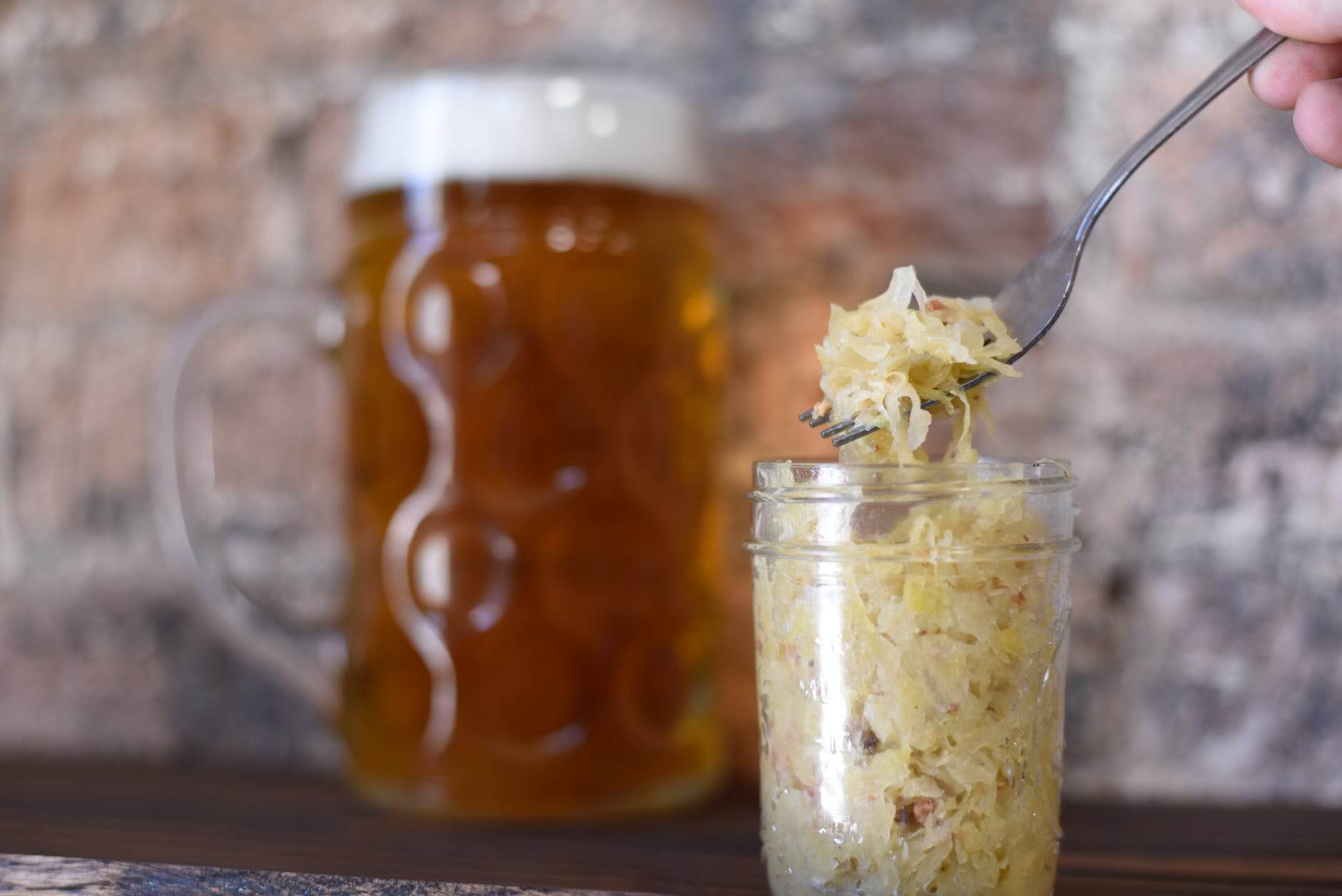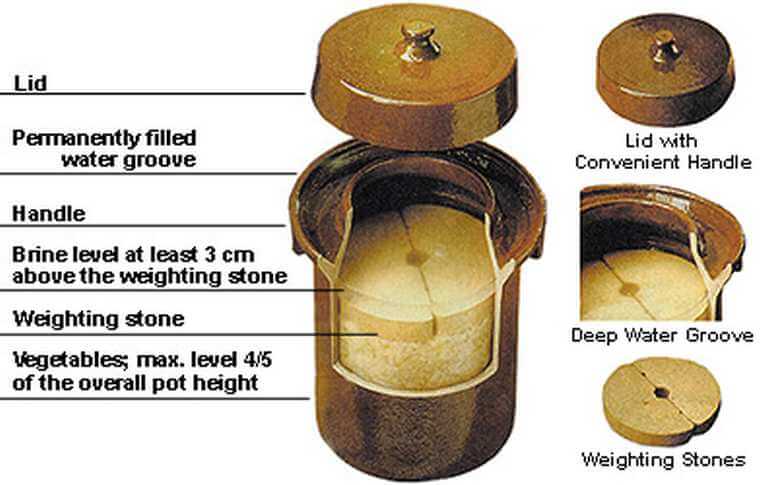For any of those interested in the forgotten family of fermented foods we have created a loose guide to help you ferment almost anything (well vegetables). We have also included a piece on which methods and containers create the most deliciously reliable results in our opinion.
So what is fermenting? Well, first off we can distinguish the difference between two words; Probiotic and Prebiotic, because you need both. A Probiotic is a live culture of healthy bacteria that lives inside your digestive system and feeds on fibers and compounds you cannot otherwise digest without them. Prebiotics are those fibers. Check out more info here… The fermentation process cultivates and reinforces organisms that feast when you do.
Okay so next up, what the heck kind of bacteria is it? That depends on a few things. Most importantly, you must know which of three types of active cultures are you TRYING to proliferate, and how to tell IF you succeeded. Don’t worry though, yeast is everywhere floating in the air, practically unavoidable. Still, the three main ways people ferment have existed for thousands of years and have been perfected since. The first type is, as you might have guessed is alcohol fermentation like beer and wine, the second is acetic acid fermentation like in apple cider vinegar and kombucha, and third is lactic acid fermentation which is done with a bacteria called Lactobacillus acidophilus or other related lactobacillus strains. This creates food like cheese and sourdough and kimchi and all sorts of goodness…. Lactobacillus fermentation is the type of fermentation we will continue to delve into, but if you want top learn more about the differences between the three, go here.

Alright so now that you know that we are fermenting with lactobacillus, how can we ensure a safe and tasty result. It comes down to salt and water, once you have a safe container to put it all in. When considering salinity of the “brine” or saltwater that you will fully submerge your veggies in, it is helpful to consider the moisture content of the vegetables you are using. In most cases you will want your brine to be about 3% to 5% salt but you can experiment with ranges from 2% to 20% though too much salt and you might hurt the cultures you are trying to produce (and hurt your gut) while too little salt and you risk growing harmful bacteria that will contaminate your final product. We would recommend putting all your veggies in a jar, filling it with water to the desired level, then recollecting the water you just used in a separate vessel and measuring it to find the amount of salt to use. One to two tablespoons per quart or liter is a loose estimate. For more brine info check this.
Okay! Lastly, but maybe the first thing to consider when doing this at home. The Vessel! Glass is cheap and available in many sizes. Plastic is cheaper and can be done safe if the plastics are clean and do not leach. Nevertheless our recommendation is to ferment foods in ceramic crocks because the thick walls regulate temperature and keeps the sunlight out. Still, having an air lock lid and keeping the vegetables completely submerged with a weight are key components to quality ferments. Ceramic offers a water lock option like this, but here are some other tools.
Thanks for Reading!
